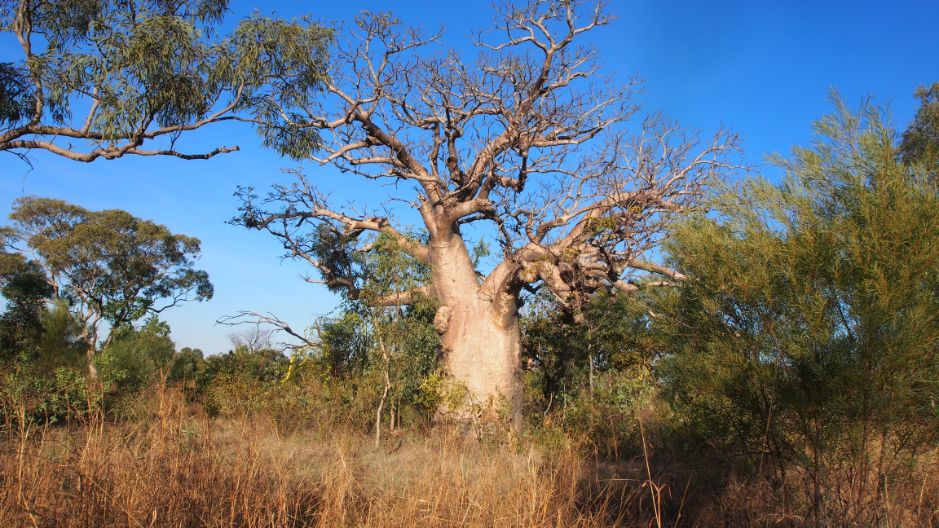A collaboration between Australian universities and Indigenous communities in Western Australia hopes to find Australia’s lost stories from centuries-old trees.
The project will see archaeologists document and contextualise carvings in Australian boab trees throughout the Kimberley.
Research leader, Professor Sue O’Connor of the Australian National University (ANU), said she hoped the project would bring to light voices the world was yet to hear.
“We are hoping to build a substantial archive of the trees and that we can record the biological condition of the tree as well,” she said.
“We will be looking at carving from pre-European contact and how they worked as markers in the landscape.
“Then the carvings of non-Indigenous people post-contact. We hope this will build an archive of the people working in those industries the Kimberley is associated with, like the pastoral and pearling.”
Funded by the Australian Research Council, the collaboration includes the University of Western Australia (UWA), the University of Canberra (UC) and University of Notre Dame Australia (UNDA).
The project will use state-of-the-art technology to capture accurate 3D records of the markings in the boabs, which have a range of prominence.
“There is some urgency to record them, the traditional carvings but also inscriptions similar to the mermaid tree and historic Indigenous inscriptions,” Professor O’Connor said.
“Many of the carved trees are already many hundreds of years old and there is now some urgency to produce high-quality recordings before these remarkable heritage trees die.
“The carvings are really variable, and we don’t know what the difference is in terms of whether it is the tree bark.
“The mermaid you can read really carefully, but that may have been carved really deep, but others, the outer bark has obscured the carving.”
The boab trees have been used in many ways by Aboriginal locals, including for food, medicine and shelter.
Professor O’Conner said along with a historical archive, the project hopes to partner with local groups, holding an exhibition of artworks with their permission and using technology to recreate them.
“We are hoping to make 3D prints and give them to the community for their cultural centres for viewing,” she said.
“Many of these trees could be 60km from the community or hard to access.”
The team will also have access to unpublished manuscripts, diaries and literature in the Kimberley, to further contextualise their research.



